When the ‘Queen of the Back Bay’ opened her namesake museum in Boston in 1903, she served champagne and doughnuts while the Boston Symphony Orchestra played.
Infamous for wearing a white headband to the symphony on which she had written, ‘Oh, you Red Sox,” the Isabella Stewart Gardner Museum was the realization of a dream Isabella had shared with her beloved, departed husband, Jack.
Isabella and Jack had traveled the world together for decades, amassing a stunning art collection.
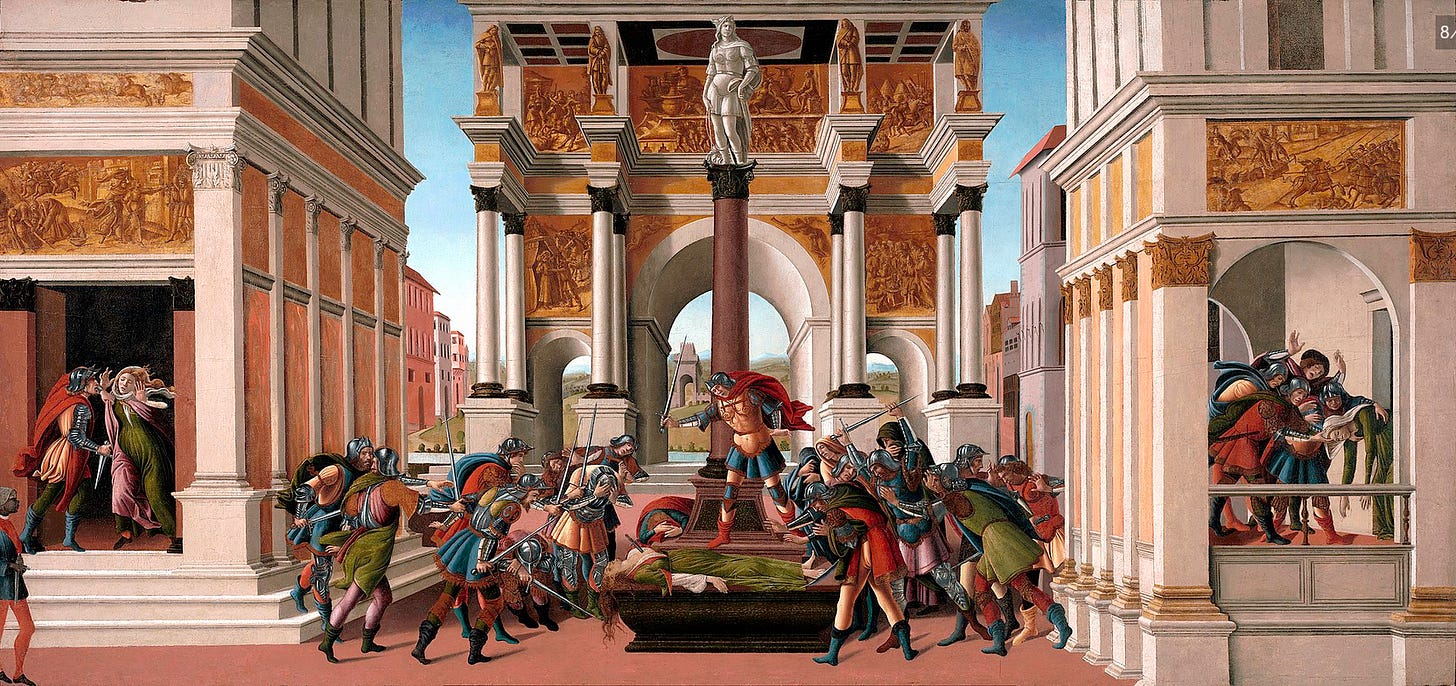
Having lost an infant son and with no other heir, they had decided their collection should be put on permanent display to ‘entertain and educate the public forever.’
When the collection outgrew Isabella’s mansion on Beacon Street, she purchased land in Boston’s Fenway area and engaged a team of architects to design a four-story Venetian-style palazzo with a glass-enclosed courtyard to hold it.
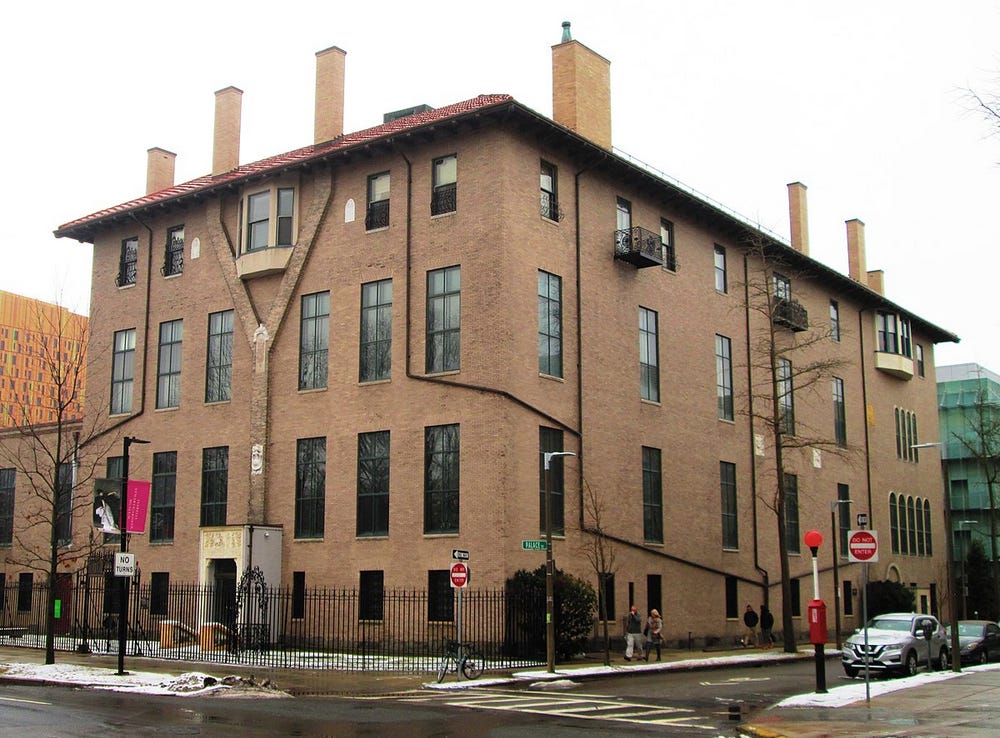
The works -- textiles, architectural elements, sculptures, paintings, ceramics, manuscripts, photographs and silver objects, ranging from the time of the Egyptian pharaohs to the post-impressionist Matisse — filled the palazzo’s rooms from floor to ceiling in eclectic mixes which defied themes or time periods.
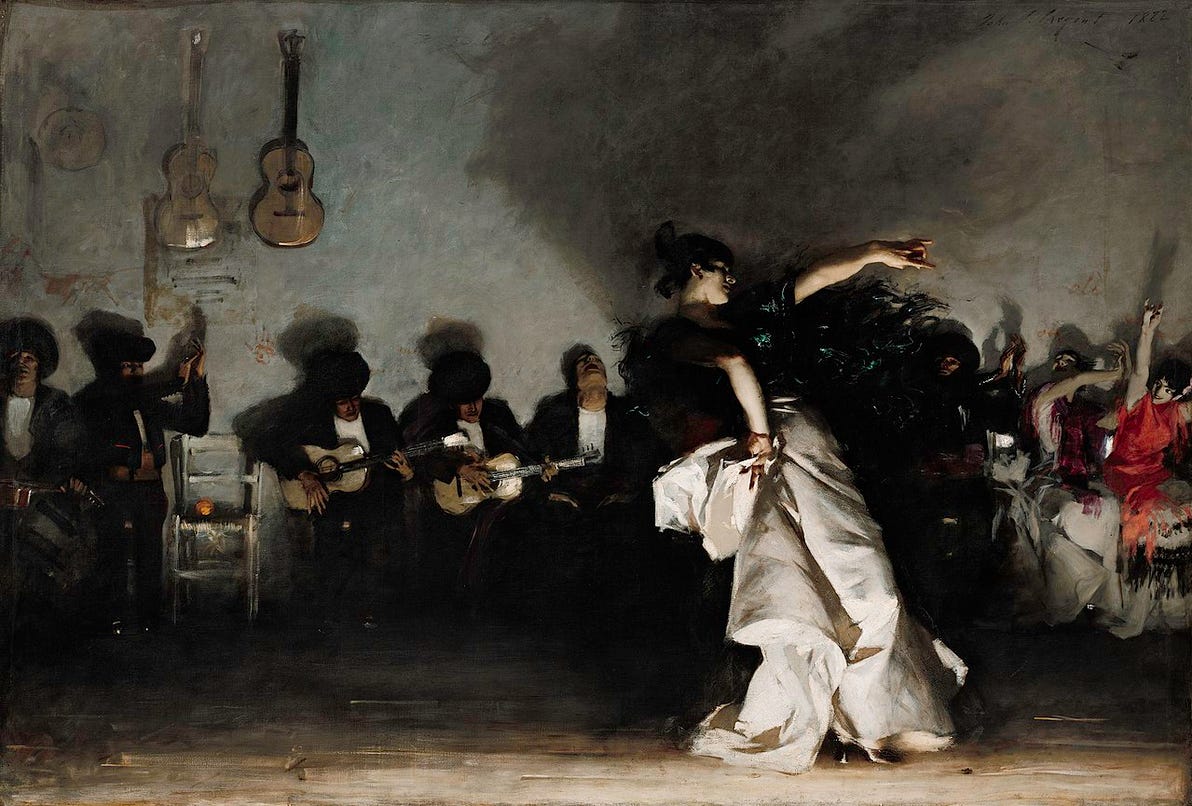
Yet, to Isabella, these rooms told interesting stories; and her will specified that their arrangement, along with the palazzo, itself, should not be altered.

When she died in 1924, Isabella left a million-dollar endowment to fund the continued operation of her museum. The money was enough to keep things running smoothly at first, but, over the decades, the needs of the aging building outstripped what the endowment could provide.
Security systems upgrades which required building alterations were shunned as violations of Isabella’s will. Others were simply too expensive.

So, the old-fashioned approach to security was relied upon.
Guards were few, young and poorly paid, and the museum’s primary security system was hourly phone calls to the local police precinct to report that all was well.
Everybody in Boston who knew about these things knew that Isabella’s museum was ripe for a rip-off.
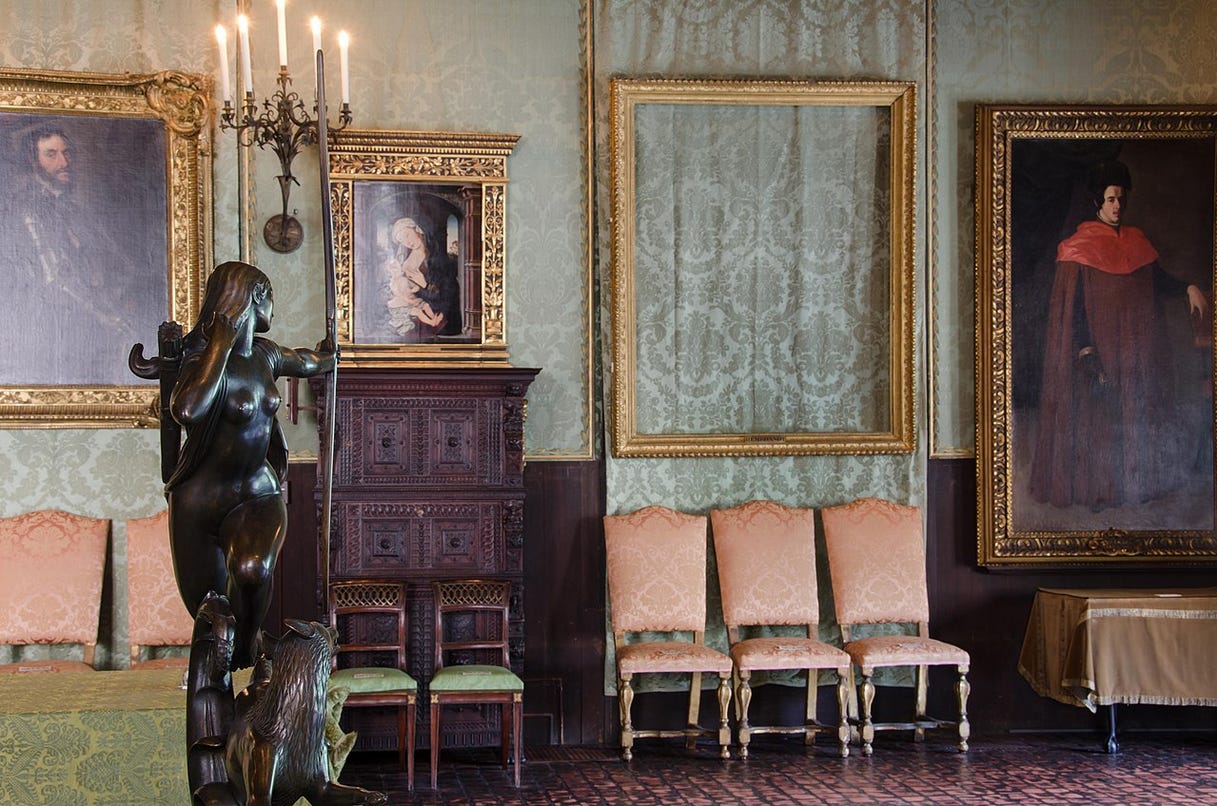
And so, it happened late at night in 1990, as St. Patrick’s Day revelers staggered their way out of Boston’s bars and house parties and headed towards home.
The museum’s side door buzzer rang at the guards’ desk around 1:30 a.m. and the guards saw, through the CCTV, that two uniformed police officers stood outside.
‘There was a disturbance in the neighborhood, and they needed to investigate,’ they had said; and so the guards had let them in.
Within minutes, the two young guards found themselves bound and gagged and tied to building pipes in the basement.

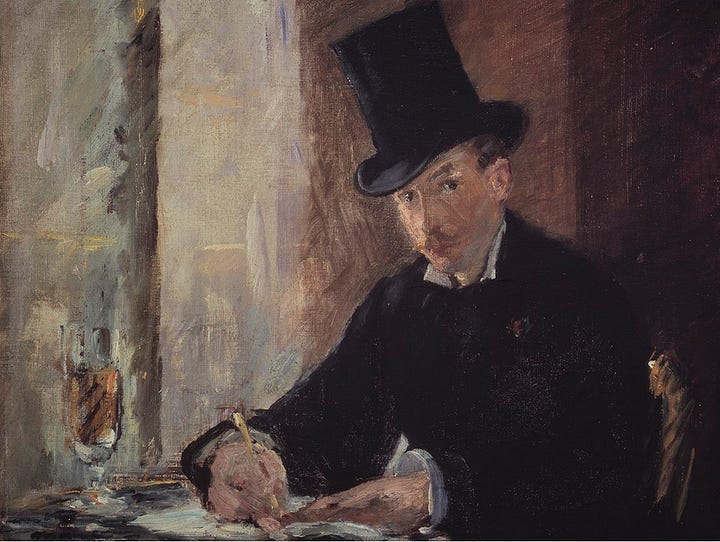
The ‘policemen’ revealed themselves as robbers and went about their work, taking three Rembrandts, five Degas drawings, a Vermeer, a not-so-valuable Chinese ritual vessel and the finial from the top of a Napoleonic flagpole, an odd assortment valued at $500 million.
Priceless works by Michelangelo, Raphael, Titian and others were left untouched.
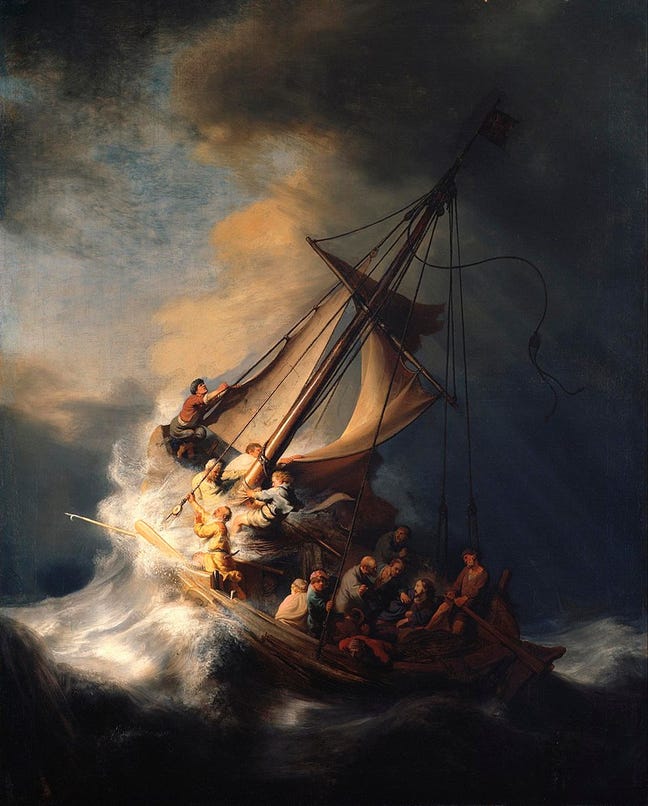
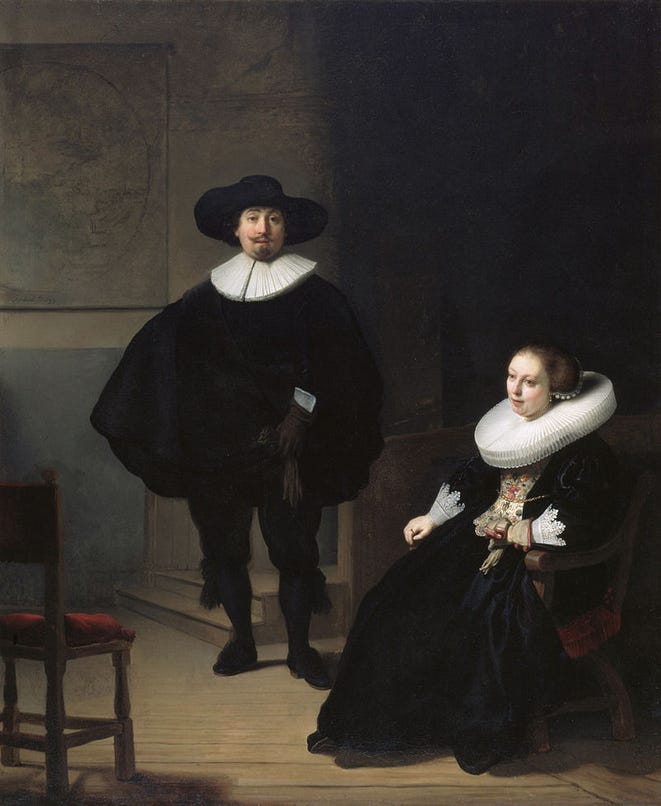
The initial police investigation turned up little physical evidence. There were no footprints, no hair strands and fingerprints were smudged with those of the guards.
In the years which have passed, some evidence files have gone missing. And despite a $10 million reward, the crime remains unsolved.
Early suspicions cast on one of the two young guards have now been set aside and most investigators believe, despite the lack of proof, that Boston organized crime figures perpetrated the robbery, then fenced the artworks in cities along the East Coast.

Whitey Bulger, the infamous Boston criminal who served as a longtime FBI informant, has been linked to the crime.
But he, along with all the other gangsters questioned about the robbery, have denied any knowledge or have given leads which were fruitless, despite offers of reward money or reductions in ongoing prison sentences.
A few years ago, a Dutch citizen known as ‘the Indiana Jones of the art world’ got press attention for speculating that the Irish Republican Army may have had a hand in the crime and hid the works away in Ireland.
Anonymous tips have come in over the years, but they, too, have led nowhere.
Are the works in Philadelphia or Dublin or did the frustrated robbers stuff them in a steamer trunk, as happened to the stolen Mona Lisa in 1911?
We may never know; but so long as the crime remains unsolved, journalists and filmmakers, including Netflix, pick up the investigative threads were the last guys left off, write books and make films, and earn some money and notoriety.
Pop culture loves an unsolved mystery.

But, as we reflect on the theft of Isabella’s art, keep in mind the bigger problem: we live in a world of untaxed billionaires who regularly snatch up artistic masterpieces at auction and hang them on the walls of their private vacation homes, depriving the public of these works forever.
Art theft is only a small part of the problem.
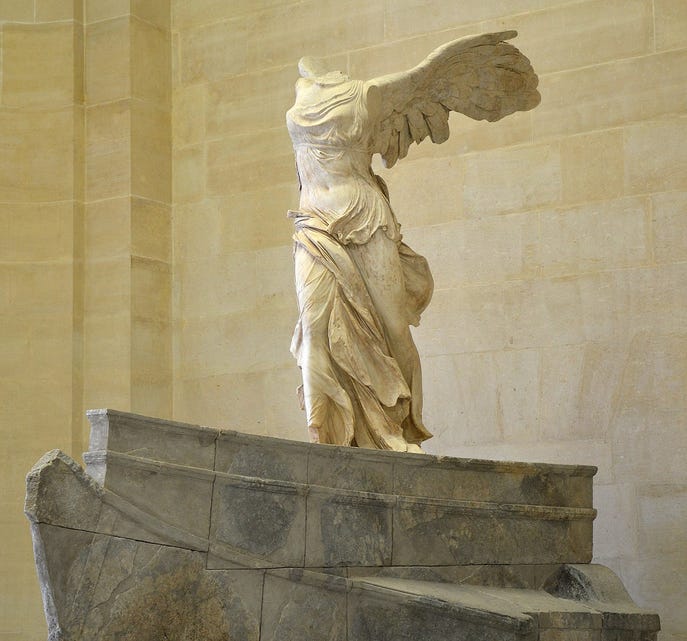
Art brings joy.
It educates.
It is a unifier in a divisive world, bringing people together across social divides and across the centuries.
Just think about the millions over the years who have gazed at the Mona Lisa or marveled at Winged Victory.
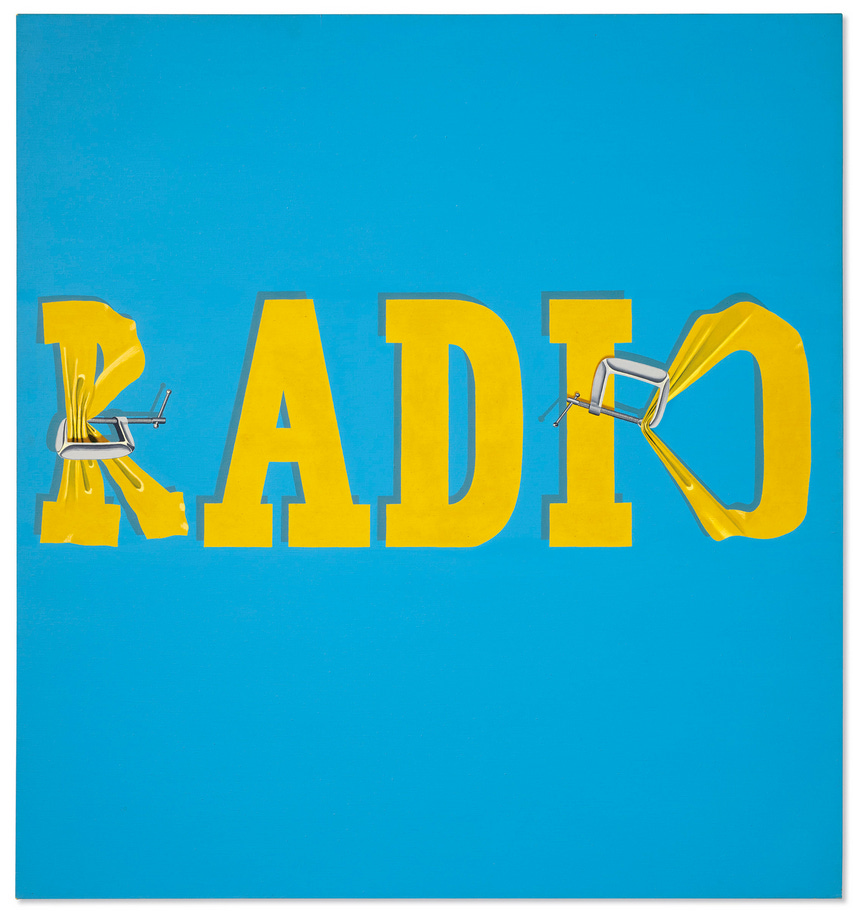
Masterpieces don’t belong in private collections.
The solution: tax the rich fairly, to limit the harms they inflict upon society.
I’ll see you tomorrow.
— Brenda





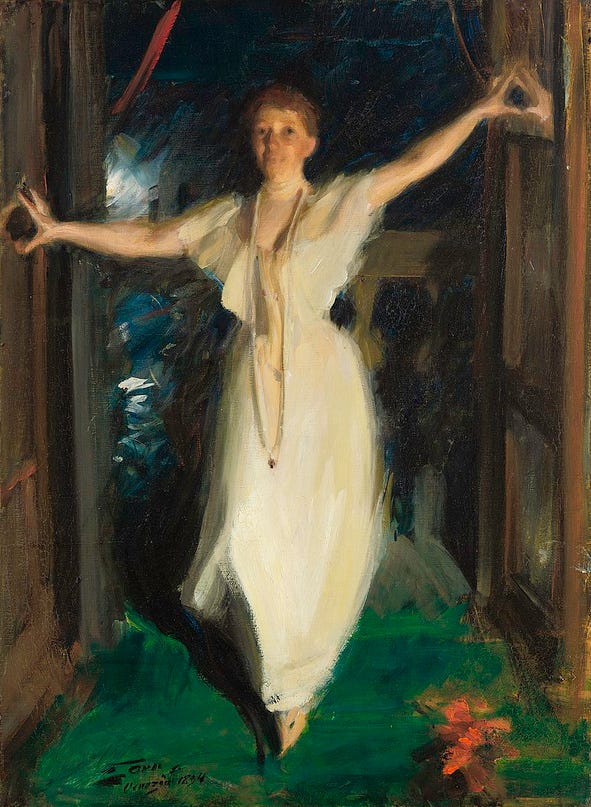









Share this post